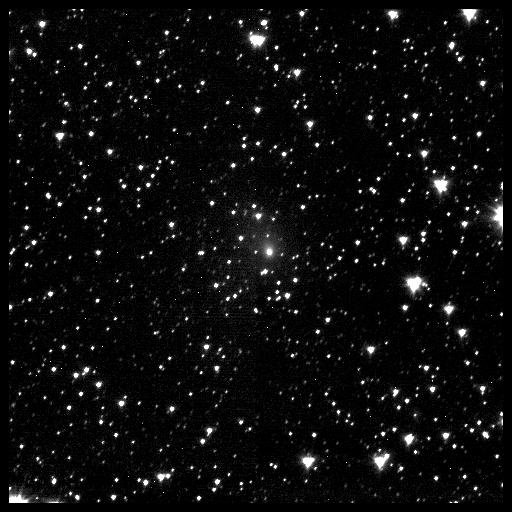3
3488
Guest
Update. Comet Hartley 2 is now the target, as 85P/Boethin appears to<br />have disintegrated & Spitzer Space <br />Telescope as well as other observatories failed to find it.<br /><br />Andrew Brown. <div class="Discussion_UserSignature"> <p><font color="#000080">"I suddenly noticed an anomaly to the left of Io, just off the rim of that world. It was extremely large with respect to the overall size of Io and crescent shaped. It seemed unbelievable that something that big had not been visible before".</font> <em><strong><font color="#000000">Linda Morabito </font></strong><font color="#800000">on discovering that the Jupiter moon Io was volcanically active. Friday 9th March 1979.</font></em></p><p><font size="1" color="#000080">http://www.launchphotography.com/</font><br /><br /><font size="1" color="#000080">http://anthmartian.googlepages.com/thisislandearth</font></p><p><font size="1" color="#000080">http://web.me.com/meridianijournal</font></p> </div>






